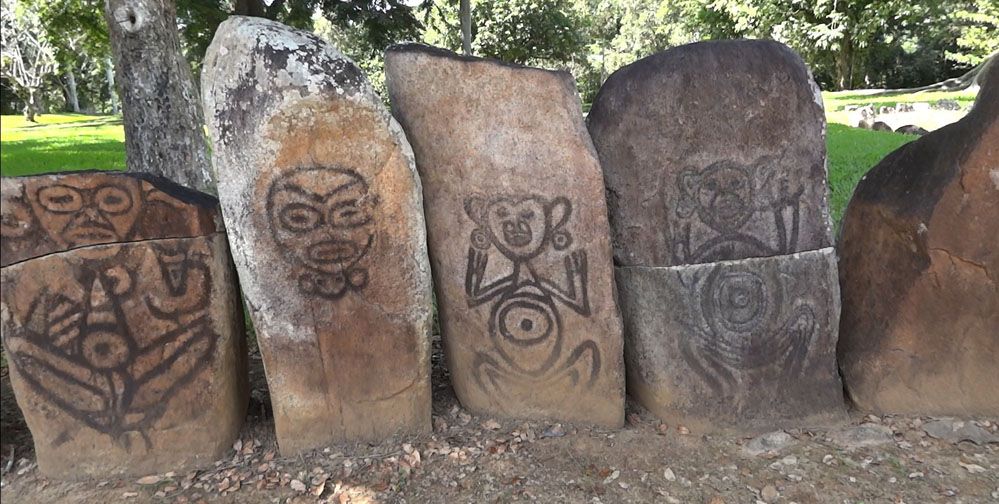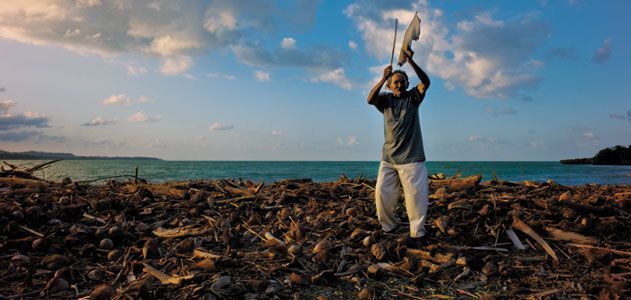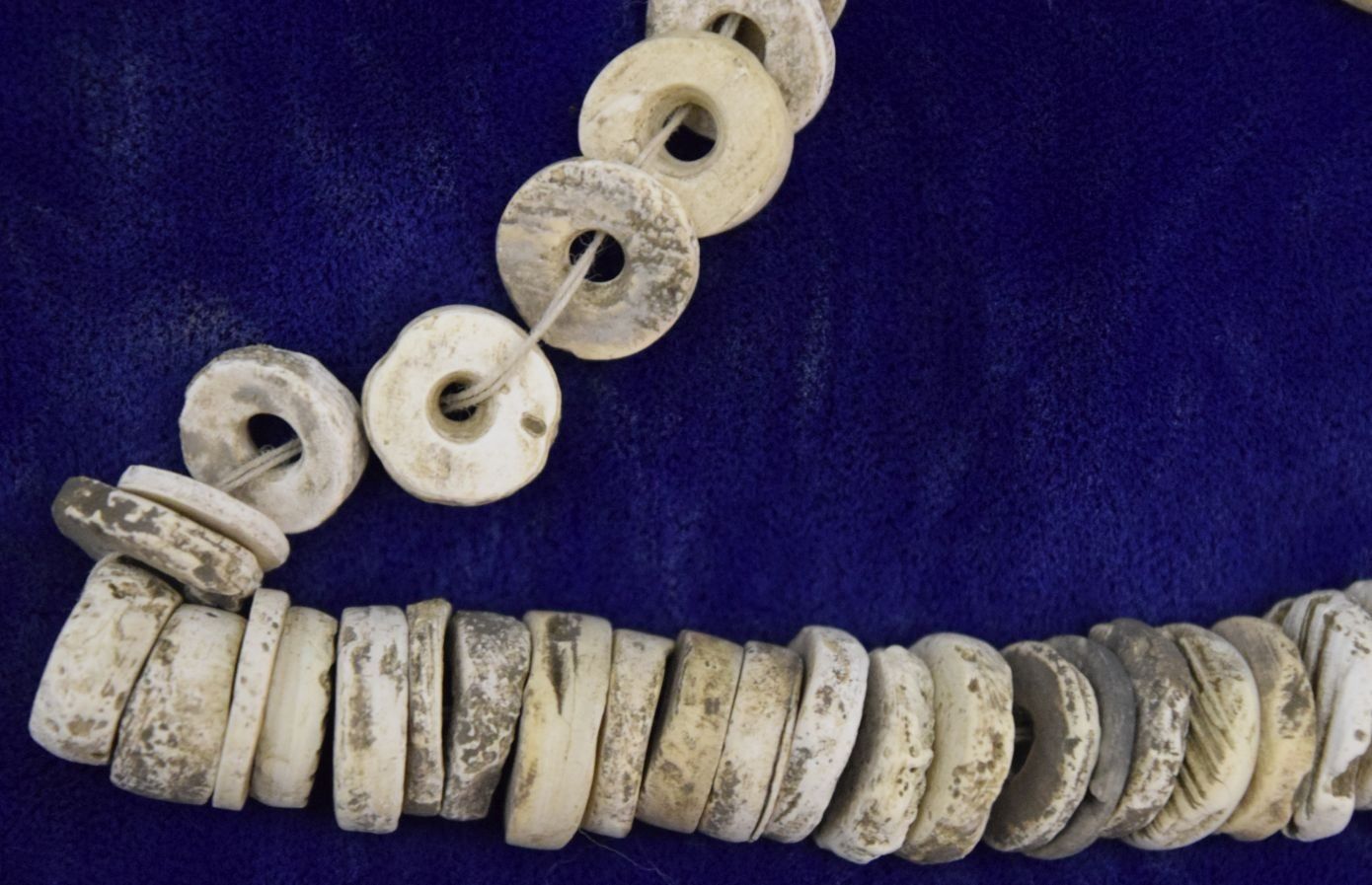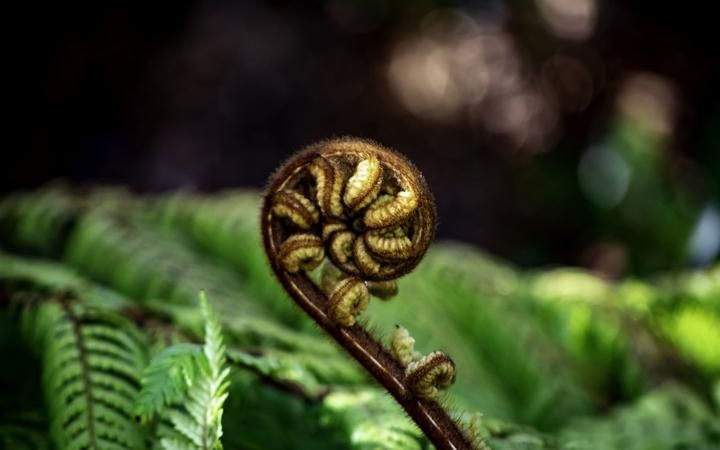
我們是原獨俱樂部。政治上主張台灣原獨。運動上堅持自然主權和歷史正義。智識上強調複數方法與複數觀點。關心所有與原住民族有關的課題。我們也是文化橋樑的建構者。
Original News|The resurrection of the extinct, the currency of the uncivilized
Hello friends of the club. Today, [ Original Independent Reading News] summarizes the highlights of last week for everyone, and at the same time counts down to spring: there are 47 days until the vernal equinox.
The previous summary focused on the traditional knowledge of aboriginal peoples . Today’s summary of the original news is more diverse. I would like to invite you to visit the Caribbean Sea first, then go to North America and California, and also travel to the African continent and the South Pacific. Not only the time and space span is considerable, but the humanistic debates involved are also very exciting, please be patient.
- Caribbean: Where are the Teino people now after the genocide four centuries ago?
- North America: Decorative and Monetary Uses of Shell Beads
- South Pacific: Scientists urge Maori to dominate local species name changes

Where are the Teino people now after the genocide four centuries ago?
According to Spanish records, the Taino, the indigenous peoples of the Caribbean, died out before the end of the sixteenth century, the victims of colonial massacres and the smallpox plague. But this claim began to be challenged in the last world and is backed up by scientific research in this century.
Recently, the "Santos News" of the U.S. Virgin Islands reported that scientists used modern genetic identification technology to prove that although the Taiino as a group has become extinct, the genes still exist . This was first reported by University of Puerto Rico biologist Juan C. Martínez Cruzado, who found in 800 random samples that 61.1% of the subjects had aboriginal mtDNA (mitochondrial DNA), which represents maternal gene transmission, and can be contrasted with historical records of Spanish marriages to Teino women. Martini-Cusado's research results, which will be published in 2023, arouse the interest and investment of more researchers, and more and more Caribbean people want to confirm their ancestry through genetic research.

National Geographic published an article in 2019 with the sensational title: "Meet the Survivors of the 'Paper Genocide'" . The purpose of the article is to state the facts summarized in the preceding paragraph, but the title implies that the horrific colonial violence of the year was only a statement "on paper" by the Spaniards. In fact, these "survivors of genocide on paper" are in an extremely embarrassing situation. On the one hand, the state is reluctant to recognize the new (in fact, the old) indigenous peoples. On the other hand, in order to assert their indigenous identity, they The recognition of the genocide itself must be condemned as a new historical injustice that obliterates its existence.
In contrast, the above-mentioned "Saint Domes News" was clearly more responsible than "National Geographic" when it was headlined, not claiming that the genocide of the sixteenth century occurred only on paper, but pointed out that later generations challenged a "Outdated Extinction Theory". Last week's news is only the first report on this matter in Santo Domes News, and we will continue to follow the development for you.
- Related reading: Original Questions | Who are the Indigenous Peoples?
Decorative and Currency Uses of Shell Beads
I have previously reported on the archaeological research results of the Chumash people in California and the murals of the windmill caves. Last week, there was also a news related to the Chumash culture, which also came from the archaeological community.
Lynn Gamble, professor emeritus of archaeology at the University of California, Santa Barbara, has been studying the indigenous peoples of California for many years, and has previously published research results that pointed out that the Ochmarsh people use shell beads as currency, and there are about 800 years of history. history, and her newly published research goes even further, going back two thousand years. Gumper said that if her guesses are correct, this would not only be the first use of currency in the Americas, but also "change the way we think about hunter-gatherers and even socio-political and economic complexity."
The picture below shows the shell beads of the Ochmarsh people.

But how can you tell if ancient shell beads are being used as jewelry or traded currency? Gamper suggests a number of criteria, the most important of which is the difference in appearance. Generally speaking, shell beads used as currency are more delicately processed and have standardized characteristics, while shell beads with unique and eye-catching appearance are more likely to be jewelry or decoration. In addition, shell beads, which are used as currency, should also be widely distributed.
Gamper pointed out that recent research on the European Bronze Age shows that Europeans began to use currency 3,500 years ago. This, like the study of ochre beads, challenges the impossibility of a "commercial" economy in a "primitive" society. of stereotypes. The example of ocher Mash further shows that "money" is not the patent of a country or civilization.
The picture below shows the ostrich eggshell beads in Africa.

Two years ago, archaeologists also published research results pointing out that shell beads made from ostrich eggshells are widely distributed on the African continent and can be traced back to thousands of years. Variety. At the time, the study suggested that changes in shell bead size were a reflection of cultural exchange, but did not mention the possibility of shell beads being used as currency. Whether archaeologists will follow Gamper's research to revisit the possible use of African ostrich eggshell beads is an interesting topic to watch.
Scientists urge Māori to lead changes in local species names
I have previously reported on the scientific journey of decolonization , which is the movement to return the scientific names of species to local cultures. In Māori land, two academics from Auckland University and Auckland University of Technology made the same call last year, telling New Zealand media last week that they hoped the movement would be dominated by Māori .
At present, only 4% of animals and plants in New Zealand have scientific names containing Maori words, such as Beilschmiedia tawa , a common tree species in New Zealand. Qiong Nan is the genus name, and Tawa is the species name. The name of the tree.
Proposed scholars said that such a change should be initiated by the Maori people, and after a consensus is reached, the scientific community should change the scientific name according to the consensus of the Maori people. A Maori scholar said that the name is not just a name, but also contains many stories, preserving part of the Maori past and Maori knowledge, so he is very happy to see future discussions around the name change.

Reference: Where are the Teino people now after the genocide four centuries ago?
read news
January 27, 2021
Taiino descendants challenge outdated extinction theories | News from Santo Domes
read old news
October 14, 2019
Meet Survivors of Genocide on Paper | National Geographic
read old news
October 2011
What about the Taiinos later? |Smith Magazine
Reference: Decorative and Monetary Uses of Shells <br class="smart">Read the News
January 29, 2021
Archaeologists say Ochmarsh people have used shell bead currency for 2,000 years | ScienceDaily
read old news
November 27, 2019
10,000 years of ostrich eggshell beads and African cultural exchanges |Physics Research Network
read paper
December 2020
Source and Use of California Shell Bead Currency SDOL Electronic Journal Database
Reference: Scientists urge Māori to dominate local species name changes <br class="smart">Read the news
January 26, 2021
New Zealand scholar calls for Māori dominance in science |Radio New Zealand
Like my work?
Don't forget to support or like, so I know you are with me..
Comment…